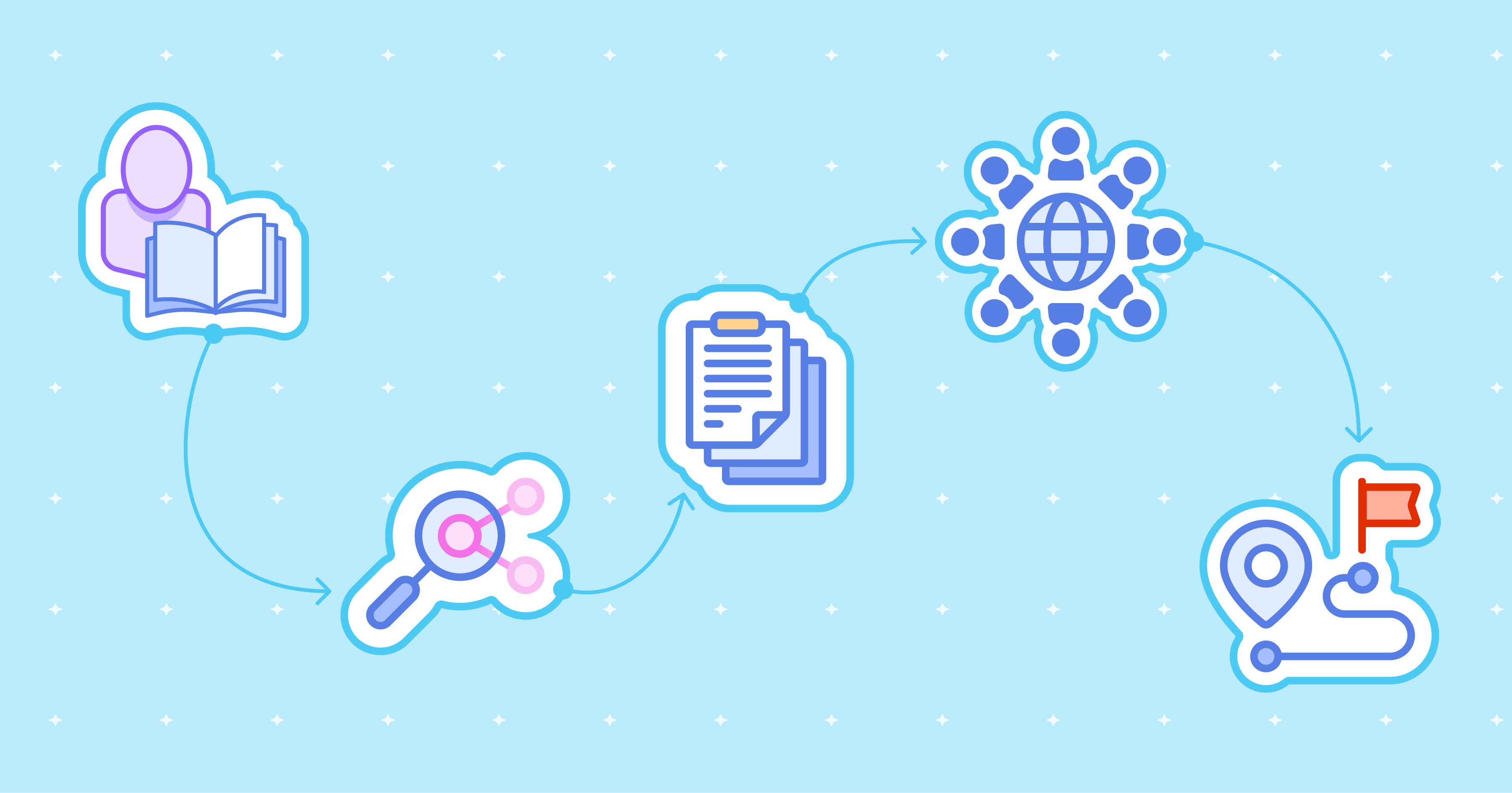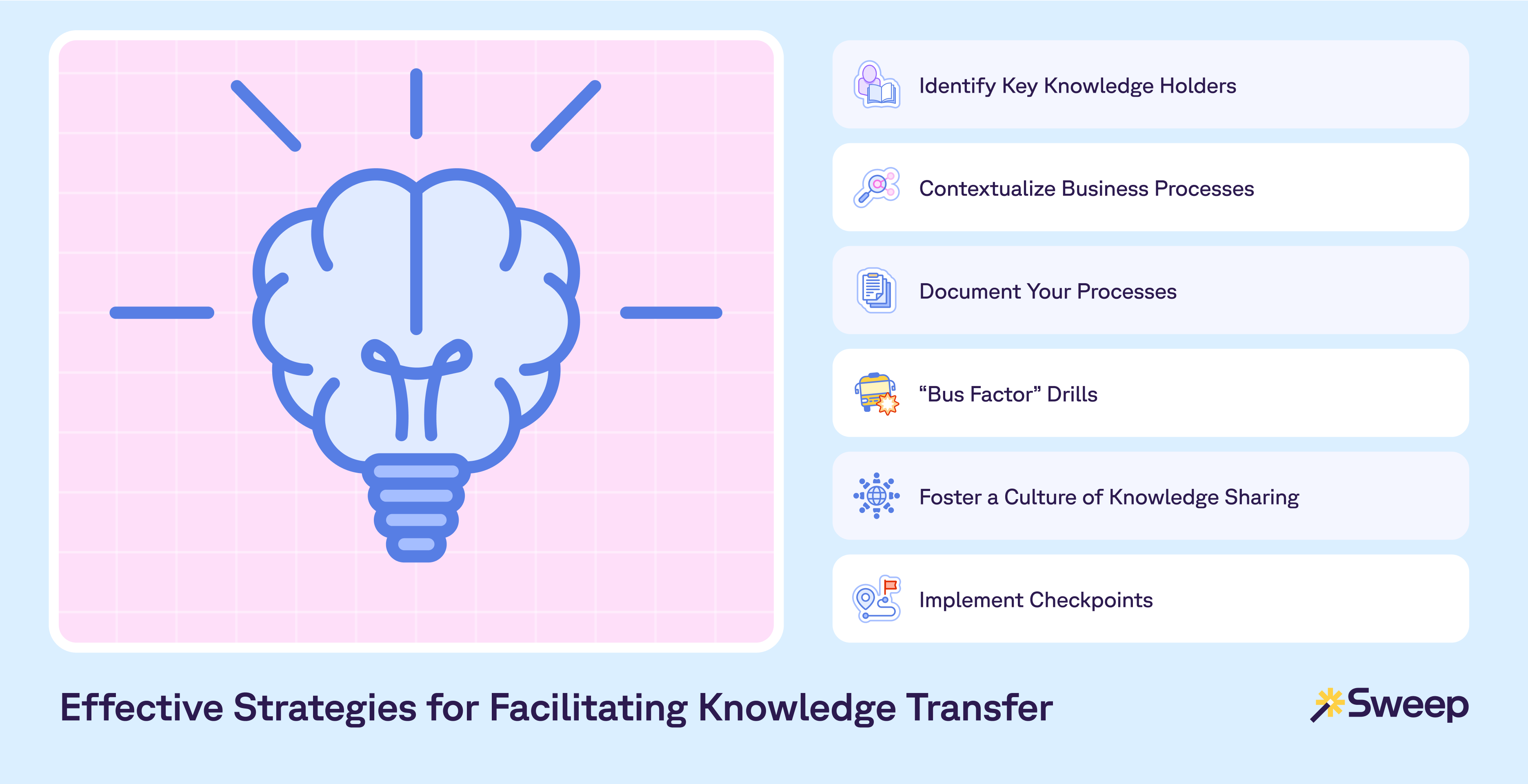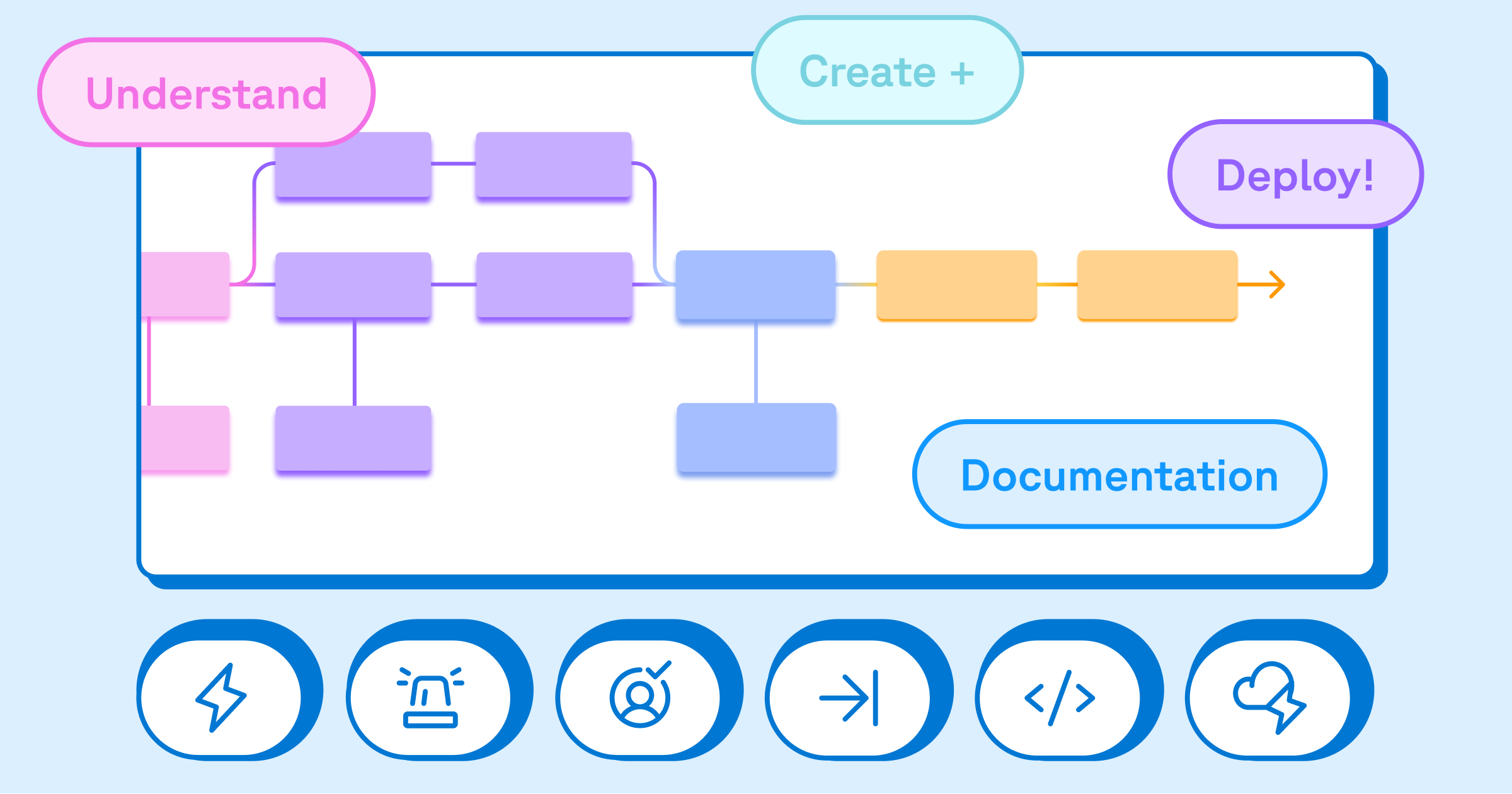

Who owns the Salesforce knowledge at your company? I’ve spoken to dozens of RevOps and Salesforce teams who say that it just lives in their heads, so when they have questions they simply ping each other on Slack. That works in the short term…
But when a colleague leaves the company, all of their knowledge leaves with them. Now your team is in a mad scramble trying to piece the puzzle together and reverse engineer what that ex-colleague built.
Deciphering undocumented configurations, struggling to understand someone else’s work, and facing a constant fear of breaking something – these are just a few of the common challenges companies face during admin transitions.
Of course, having people leave your company is inevitable. That’s why having effective protocols for knowledge transfer is crucial for maintaining a smooth flow of operations. Here are a few tips to help future-proof your team:
What is Salesforce Knowledge Transfer?

Knowledge transfer refers to the seamless transition of critical information and insights from one individual or team to another. In the context of Salesforce, knowledge transfer entails both what the business processes are and how the technical configuration supports them.
Having up-to-date documentation of both of these, as opposed to letting it live in someone’s head, ensures smooth operations and prevents disruptions to ongoing development during personnel changes.
Effective Strategies for Facilitating Knowledge Transfer:
- Identify Key Knowledge Holders: Start by pinpointing individuals who possess crucial insights into the Salesforce configuration, processes, and workflows. This includes not only the Salesforce Admin but also the key stakeholders and end-users across various departments.
- Contextualize Business Processes: Gathering insights from both technical and business users can help you contextualize “how it's built” with “how it's used”. Salesforce teams need to understand how the configuration aligns with the GTM motions in order to be effective.
- Document Your Processes: Create Process Maps using flowcharts and diagrams to capture your end-to-end workflows. On the technical side, consider creating a data dictionary about all of the data elements in your org, as well as what they do and how they interact.
- “Bus Factor” Drills: Set up knowledge-sharing sessions and shadowing workshops where team members can collaborate and identify knowledge gaps. This will help ensure that knowledge is distributed evenly across your team.
- Foster a Culture of Knowledge Sharing: Encourage collaboration among team members to create a culture where insights and best practices are openly exchanged. Slack channels, mentoring programs, bonus points on performance reviews, and the occasional Kahoot can facilitate this process.
- Implement Checkpoints: Set aside time every couple of months to reflect on everything your team accomplished and ensure that your Salesforce documentation is up to date. Consider not only the technical changes, but also how the company’s overall processes may have evolved.
By implementing these strategies, you can develop a comprehensive knowledge transfer process, ensure smooth transitions, and avoid costly disruptions.
Of course, in the fast-paced world of Salesforce development, teams don't always have the time and resources to thoroughly create and maintain Salesforce documentation.
Thankfully, with Sweep, you can eliminate the need for manual documentation and ensure your knowledge base is always accurate. This gives new and existing team members on-demand access to critical information.
Sweep automates the Salesforce documentation process, providing you with real-time, up-to-date insights into your Salesforce configuration. Our visual interface maps out all of your business processes as flowcharts and layers in technical context (Automations, Dependencies, and Field Usage) on top.

Interested in how you can future-proof your team, eliminate manual documentation, and ensure you never have to spend another minute reverse-engineering somebody’s work? Request a demo of Sweep here.












